Prime Minister Narendra Modi’s Bhutan visit represents far more than ceremonial diplomacy or a routine bilateral engagement. Rather, it encapsulates a sophisticated three-layered strategy that simultaneously celebrates civilisational ties, deepens economic interdependence, and reinforces strategic alignment—this while navigating the treacherous complexities of great power competition in the Himalayas.
As China continues its territorial encroachments and economic expansionism throughout South Asia, India’s renewed commitment to Bhutan signals a critical recalibration of regional power dynamics and a reminder of why New Delhi’s smaller neighbour must look southward rather than northward for its security and prosperity.
The first pillar of this partnership is soft power rooted in shared spiritual heritage. The exposition of the sacred Piprahwa relics of Lord Buddha, displayed in Thimphu, has deep meaning for this relationship, as they represent the civilisational continuum that binds India and Bhutan across centuries. The relics were ceremoniously received by Bhutan’s monastic establishment and displayed at the Kuenrey Hall of Tashichho Dzong, the seat of Bhutanese governance itself.
This placement was symbolically significant: the holiest relics of Buddhism, venerated by the only Vajrayana Buddhist kingdom in the world, housed within the sanctum sanctorum of Bhutanese state power. PM Modi’s participation in the prayer festival and his presence during religious veneration underscored a message often obscured in the technical language of diplomacy—that India and Bhutan share not merely borders but a profound spiritual architecture that predates modern nation-states. This soft power is irreplaceable. It cannot be manufactured by Chinese infrastructure projects or replicated through development lending. It speaks to identity itself.
The second pillar concerns the tangible economic cooperation that sustains Bhutan’s development trajectory. The joint inauguration of the 1,020 MW Punatsangchhu-II hydroelectric project epitomizes this partnership. This is not the first such project; indeed, it is the fifth major hydropower undertaking that India has either completed or is implementing in Bhutan, bringing the total generation capacity to approximately 3,000 megawatts. The project will increase Bhutan’s hydropower capacity by nearly 40 per cent and will export surplus electricity to India.
Quick Reads
View AllBeyond this headline project, India has committed Rs 4,000 crore in a concessional line of credit. When combined with the Rs 10,000 crore India pledged last year to support Bhutan’s 13th Five-Year Plan, this represents an extraordinarily generous commitment to Bhutan’s development across sectors—roads, agriculture, finance, healthcare, and digital infrastructure.
Consider the scale of this engagement. India now accounts for over 80 percent of Bhutan’s total trade, having tripled bilateral commerce from $484 million in 2014-15 to $1,744 million in 2024-25. Private Indian companies have signed agreements with Bhutan’s Druk Green Power Corporation to develop additional hydroelectric capacity totaling thousands of megawatts. India has also committed to cross-border rail connectivity, linking Gelephu-Kokrajhar and Samtse-Banarhat, projects that will fundamentally reshape Bhutan’s access to Indian markets.
An immigration checkpoint at Hatisar in Assam will facilitate investor flows to Bhutan’s ambitious Gelephu Mindfulness City, a flagship project designed as a hub of sustainable urbanism rooted in Vajrayana Buddhist principles. These infrastructure investments bind Bhutan’s prosperity directly to India’s development partnership.
The China Factor
The third pillar is strategic alignment in defence and territorial sovereignty. India guarantees Bhutan’s defence and trains the Royal Bhutanese Army—a security commitment unparalleled in the region. This arrangement was forged through decades of trust, tested and validated during the 2017 Doklam stand-off, when Indian troops physically intervened to prevent Chinese military engineers from constructing a road in contested territory on Bhutanese soil. Without India’s military backing, Bhutan would have no realistic means to resist Chinese territorial ambitions. This remains Bhutan’s fundamental calculus.
Yet it is in analysing Bhutan’s China challenge that the urgency of India’s current engagement becomes crystalline. China has reportedly constructed at least 22 villages within Bhutanese territory. The PLA is in face-off situations in areas including Doklam, Jakarlung, and Pasamlung. Satellite imagery reveals dual-use military infrastructure, including communications towers, barracks, and electronic-warfare capabilities. China has annexed approximately 825 sq km of Bhutanese territory over the years; the salami-slicing is an on-again, off-again reality.
These are not isolated incidents but components of a coordinated strategy to alter the territorial status quo in China’s favour.
Simultaneously, China has penetrated Bhutan’s economic landscape. Chinese state-owned enterprises—Sinohydro Corporation, China Gezhouba Group, and China Road and Bridge Corporation—have executed major infrastructure projects including a 220-km highway, the 290-km Lateral Road, and the 100-km Gelephu–Gomtu Road. China also dominates Bhutan’s critical telecom sector, laying fibre-optic cables and establishing internet infrastructure.
The challenge for India is to expand resource commitments to Bhutan while remaining acutely sensitive to the optics of “big brother” domination.
Bhutan’s calculus is sobering. For Thimphu, Tibet’s experience offers a cautionary template. The Chinese Communist Party has systematically suppressed Tibetan Buddhism through what it terms “Sinicisation”—a forced assimilation campaign that includes restrictions on monastery sizes, forced removal of monks and nuns, “patriotic re-education” programs mandating loyalty to the Communist Party, and state interference in the recognition of Buddhist lamas. Possessing photographs of the Dalai Lama can result in imprisonment. Over one million Tibetan children have been separated from families and placed in state-run boarding schools designed to assimilate them into Han Chinese culture.
This is a scary checklist for Bhutan, for this is the trajectory awaiting Bhutanese Buddhism should Thimphu lose strategic autonomy and fall within China’s orbit.
Bhutan has more to gain from India than from China. India respects Bhutanese Buddhism rather than seeking to instrumentalise or suppress it. India’s development model transfers capacity and technology while preserving indigenous institutions. And crucially, India poses no civilisational threat to Bhutan’s identity. New Delhi must intensify its commitment to Thimphu, opening greater resources while respecting Bhutan’s sovereign space. The Himalayan kingdom’s freedom depends upon it.
(The writer is a senior journalist with expertise in defence. Views expressed are personal and do not necessarily reflect those of Firstpost.)


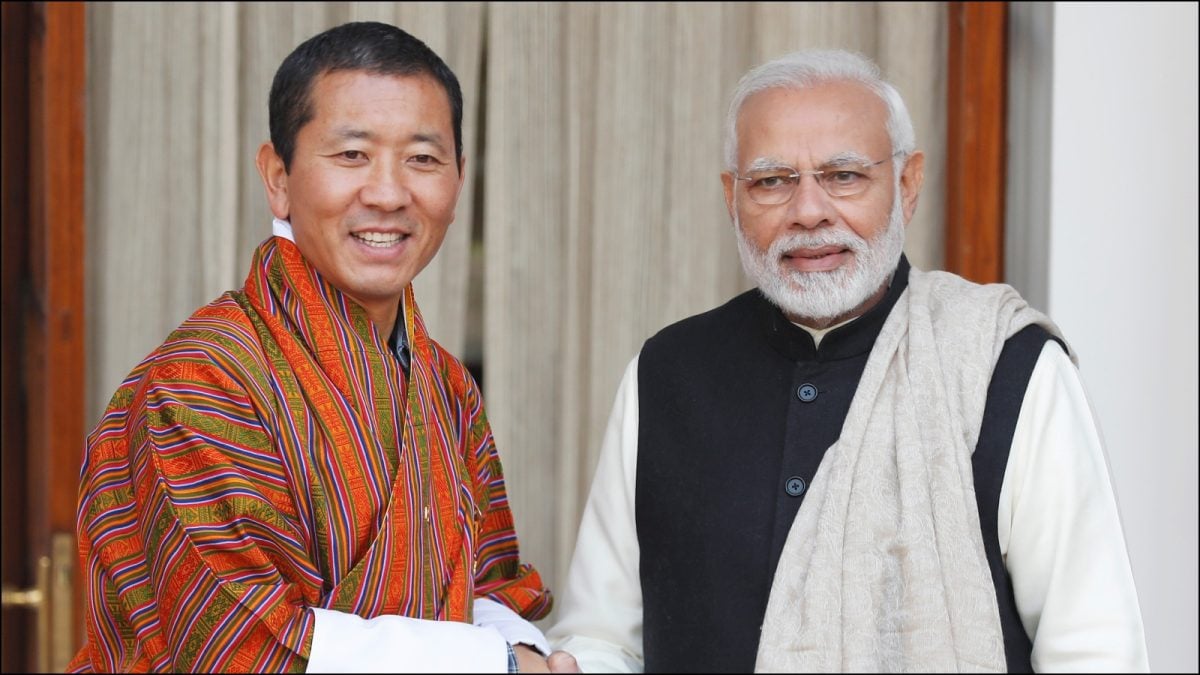)

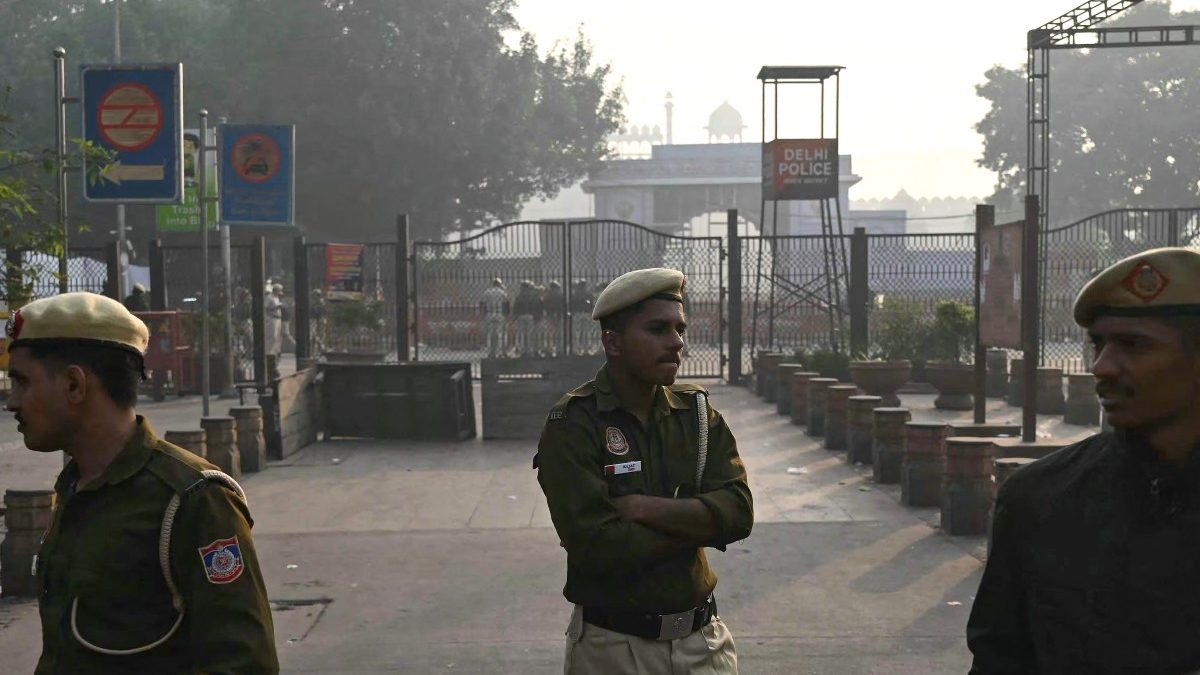)
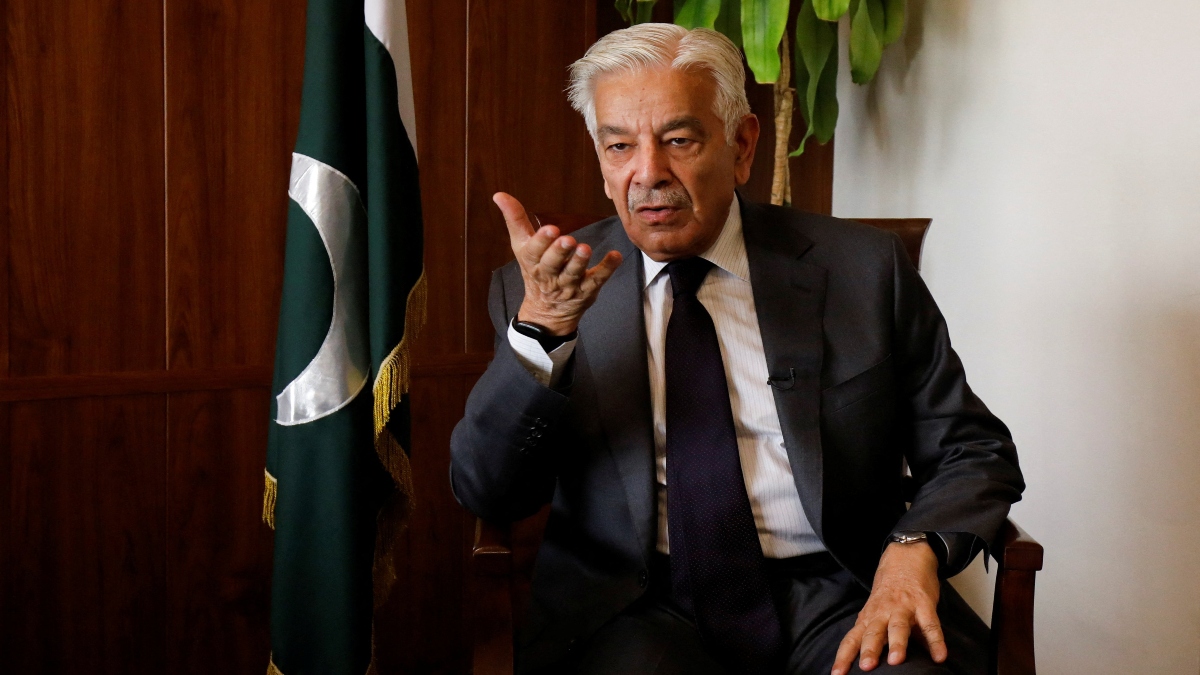)
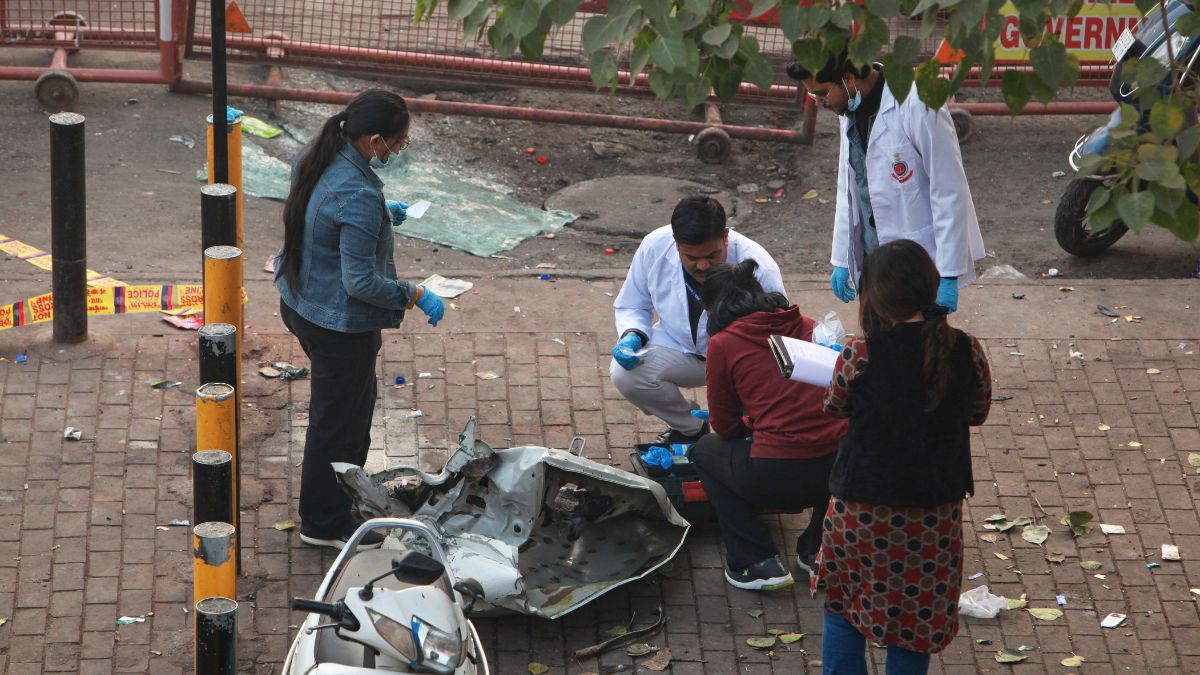)
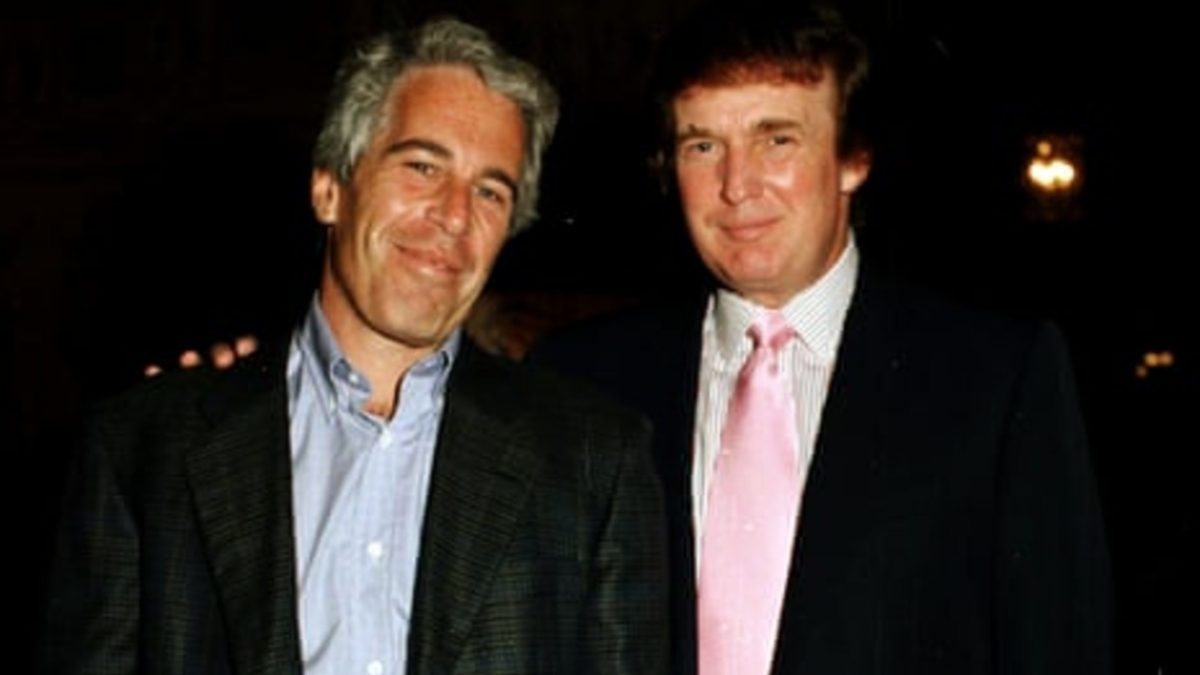)
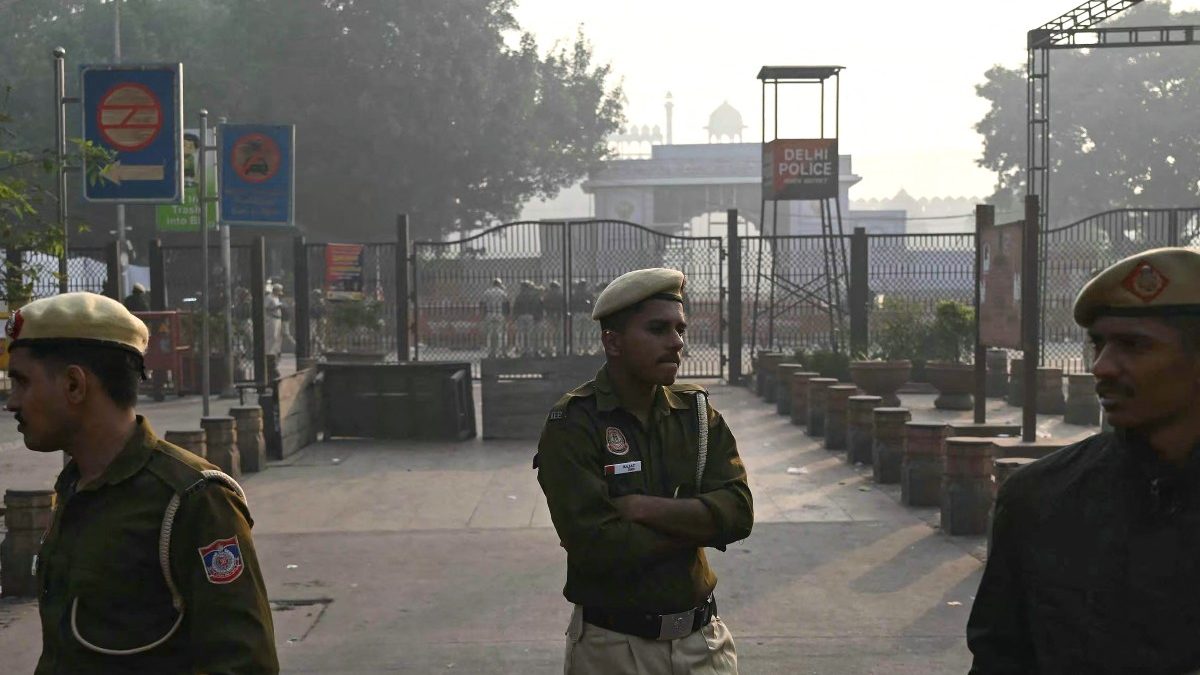)
)
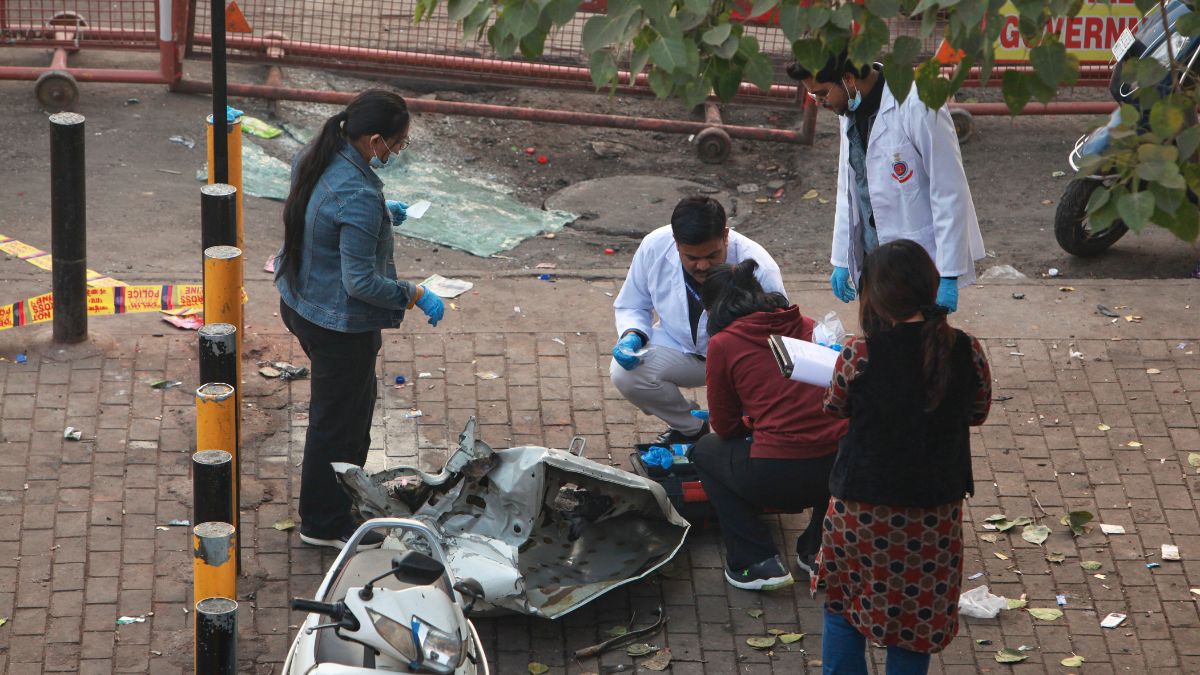)
)



